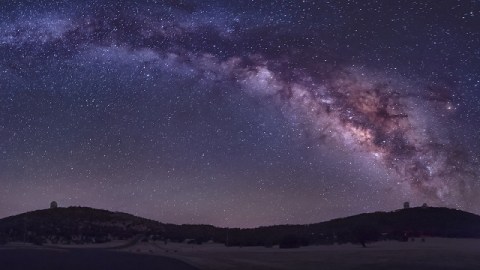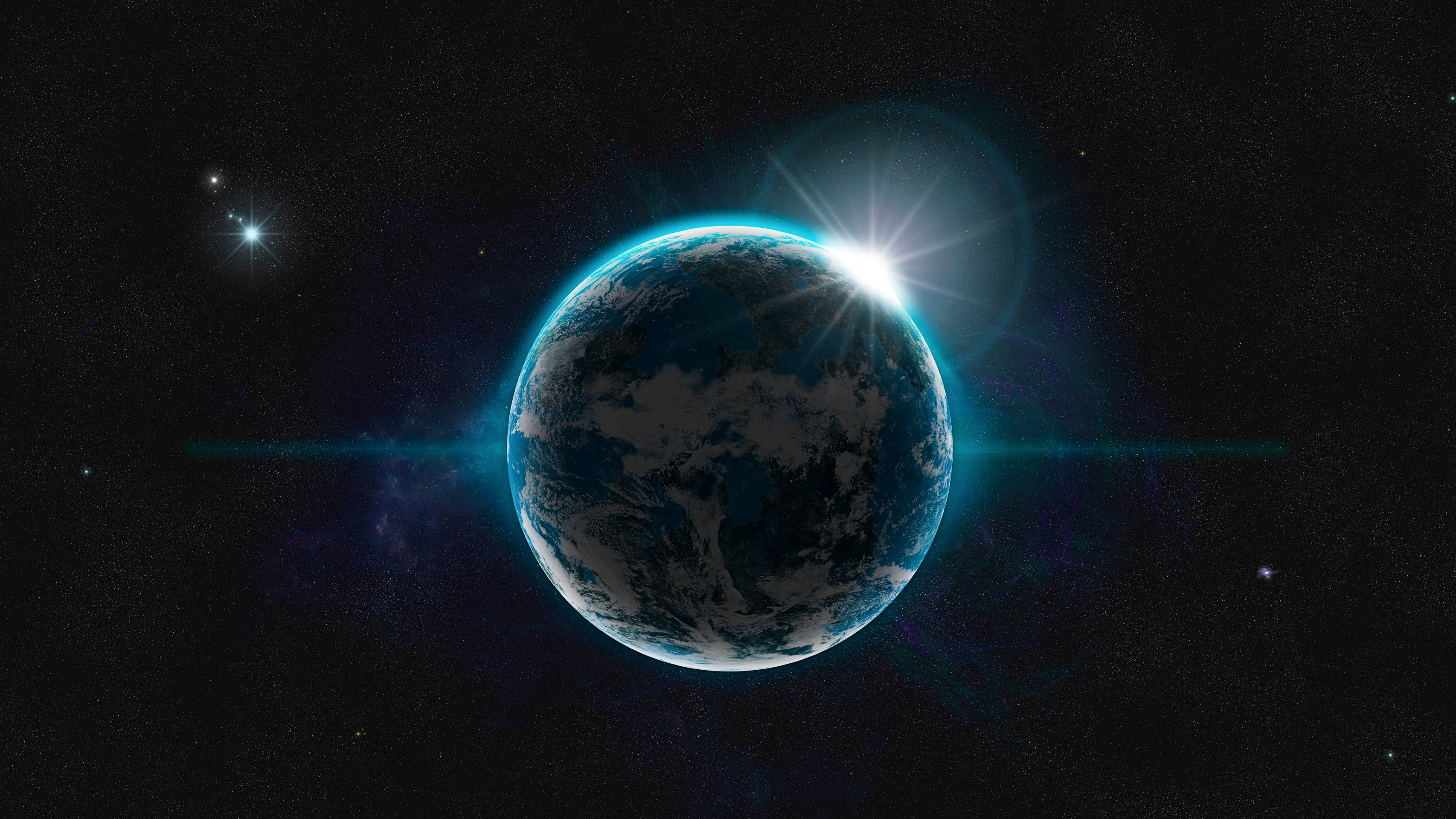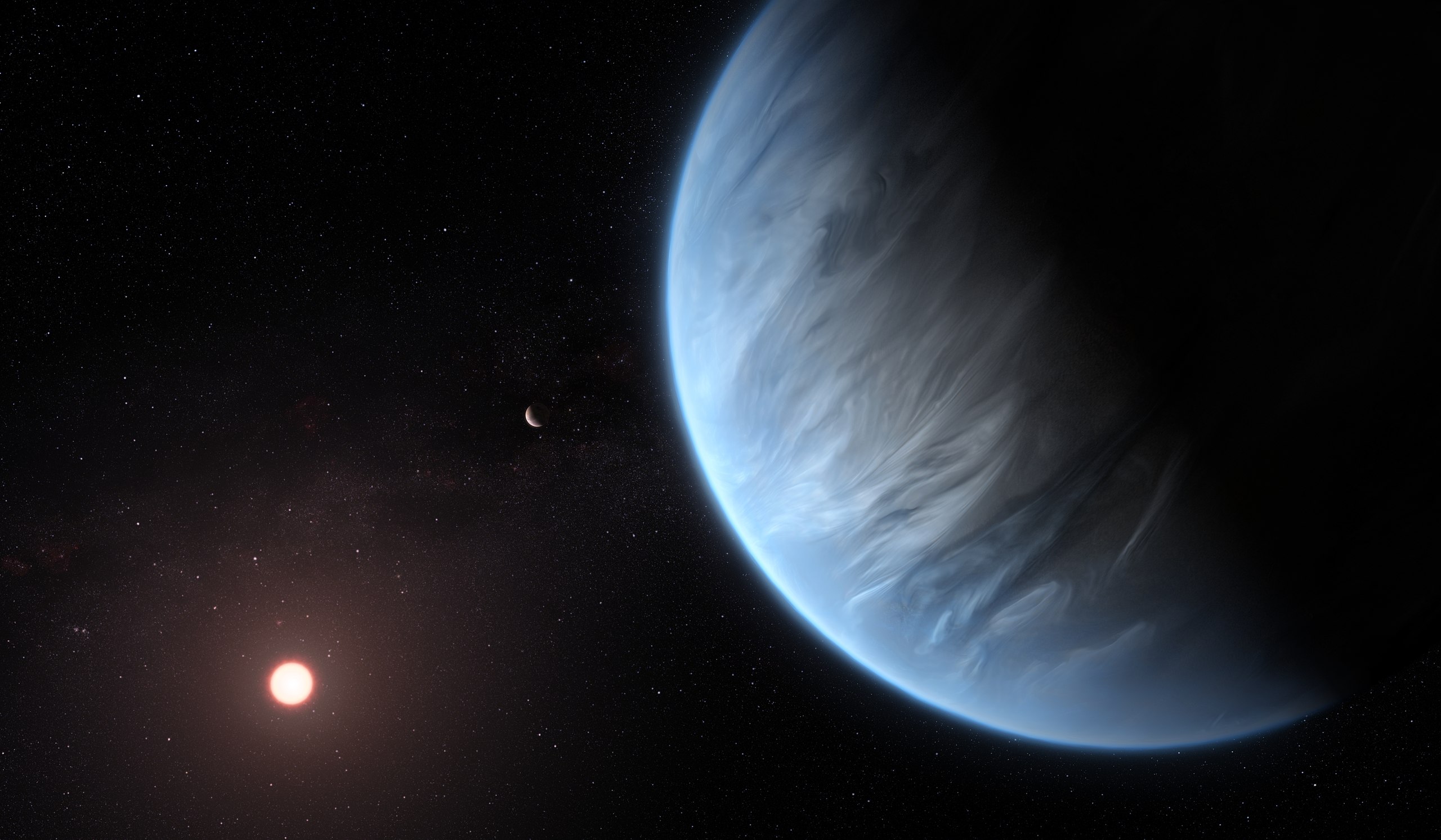The Milky Way: Home To At Least 60 Billion Possibly Habitable Planets

What’s the Latest Development?
A study recently published in The Astrophysical Journal Letters uses recent data about the habitable zones around red dwarf stars to present a new estimate for the number of potentially habitable planets in the Milky Way. Past estimates had suggested there might be 4.5 billion such planets orbiting these stars, which comprise 75 percent of all the main sequence (mostly dwarf) stars in the galaxy. However, by looking at new data concerning the percentage of red dwarfs with at least one super-Earth in its habitable zone, and applying 3D global climate models that factored in the ability of thick, reflective clouds to help cool the planet surface, the researchers say the new number could be as high as 60 billion.
What’s the Big Idea?
Because they are cooler, red dwarfs’ habitable zones are closer-in, similar to the distance between Mercury and our sun. A planet orbiting within this zone would have only one of its sides facing its sun. The study states that if the planet has water on it, clouds will form on that side, creating an insulating cover that could allow for a stable climate while also offsetting dangerous levels of radiation. However, a separate study suggests that close proximity to the red dwarf could cause a planet’s magnetic field to be suppressed by the star’s, increasing radiation levels and possibly removing any planetary atmosphere altogether.
Photo Credit: Shutterstock.com





